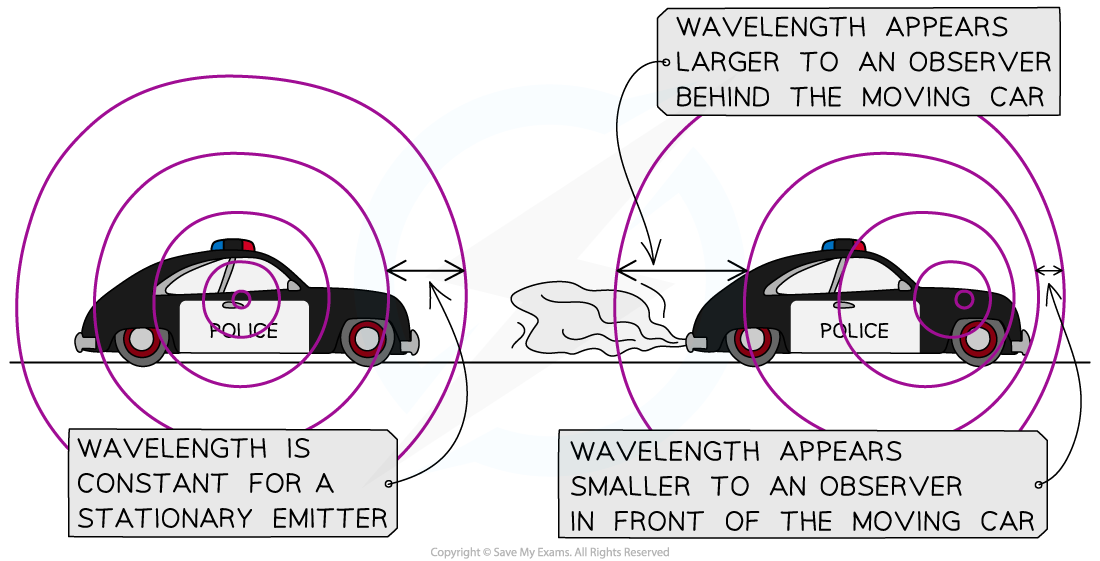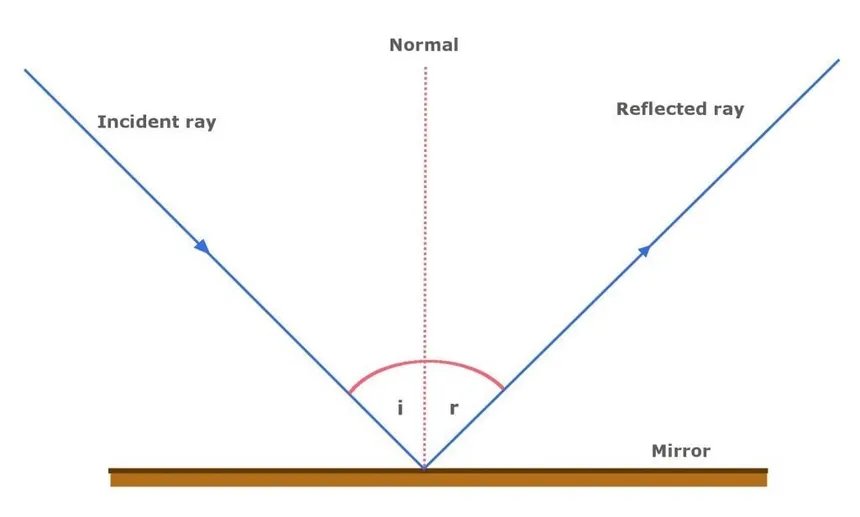(b) properties of waves
1/12
Earn XP
Description and Tags
Name | Mastery | Learn | Test | Matching | Spaced |
|---|
No study sessions yet.
13 Terms
longitudinal waves (3.2)
a wave where the vibrations occur parallel to the direction in which the wave moves

a compression is where there are more squiggles in a shorter section, a rarefaction is where there are less squiggles in a longer section
e.g. sound waves
transverse waves (3.2)
a wave where the vibrations occur at right angles (perpendicular) to the direction in which the wave moves

a crest is the highest point, a trough is a lowest point
e.g. light
amplitude (3.3)
the maximum displacement of particles from their equilibrium position (the length between the equilibrium position and the top of either a crest or a trough)
wavefront (3.3)
created by overlapping many different waves. a wavefront is is where all the vibrations are in phase and the same distance from the source
frequency (3.3)
the number of waves that pass a particular point per second. measured in hertz (Hz)
wavelength (3.3)
distance between a point on a wave and the same point on the next cycle e.g. the distance between two crests or two troughs
time period (3.3)
the time it takes for one complete wave to pass a particular point
waves transfer (3.4)
energy and information without transferring matter
relationship between the speed, frequency and wavelength of a wave (3.5)
wave speed = frequency × wavelength
v = f × λ
relationship between frequency and time period (3.6)
frequency = 1 / time period
f = 1 / T
doppler effect (3.8)
the apparent change in observed wavelength and frequency of a wave emitted by a moving source relative to an observer
when a noise-making object is stationary, it emits waves symmetrically
however, when it is moving:
to an observer standing in front of the object, the waves seem squashed together so the wavelengths seem shorter so the frequency of the noise seems higher
to an observer standing behind the object, the waves seem stretched apart so the wavelengths seem longer so the frequency of the noise seems lower
to someone inside the object or moving at the same speed as the object, the wavelengths stay the same so the frequency of the noise stays the same

relection of a wave (3.9)
all waves can be reflected when they travel from a medium of low optical density (such as air) to one of higher optical density (such as glass)
law of reflection:
angle of incidence = angle of reflection
the frequency, wavelength and speed remain the same

refraction of a wave (3.9)
all waves can be refracted, which is when the speed of a wave changes when it enters a new medium.
if the wave enters a denser medium, its speed decreases and it bends towards the normal
if the wave enters a less dense medium, its speed increases and it bends away from the normal
the frequency remains the same but the wavelength and speed (velocity) change